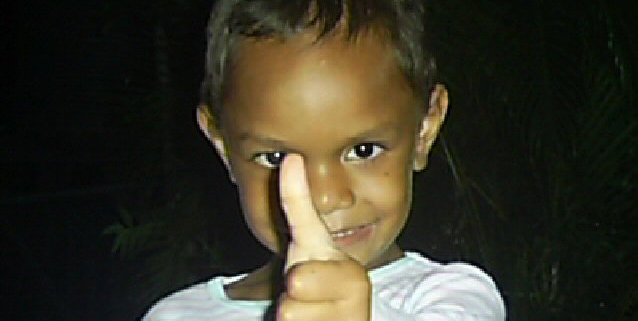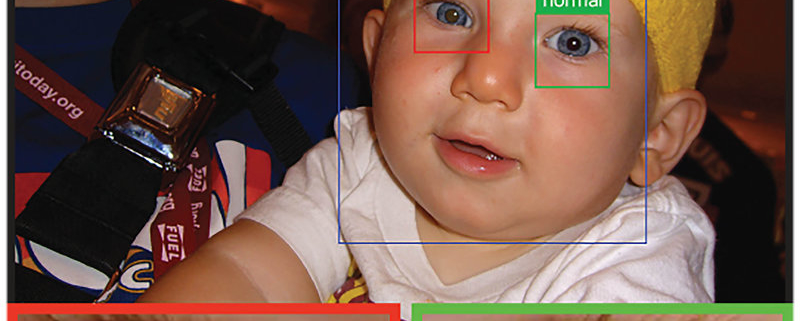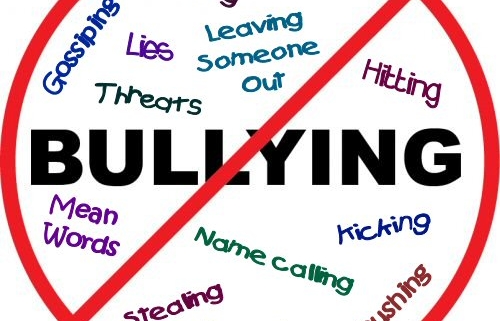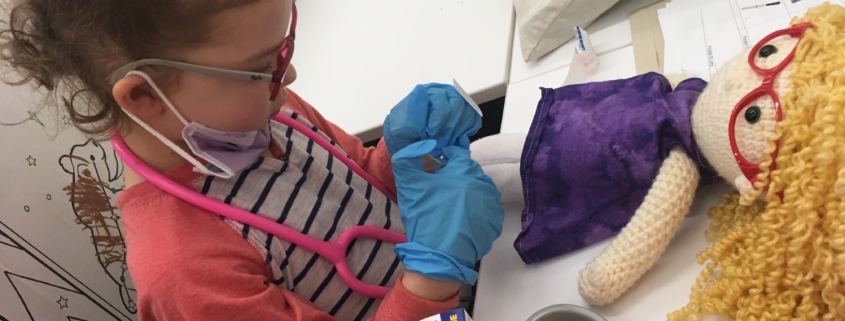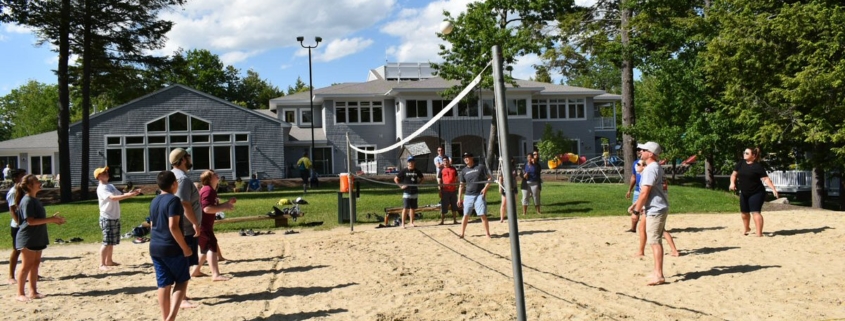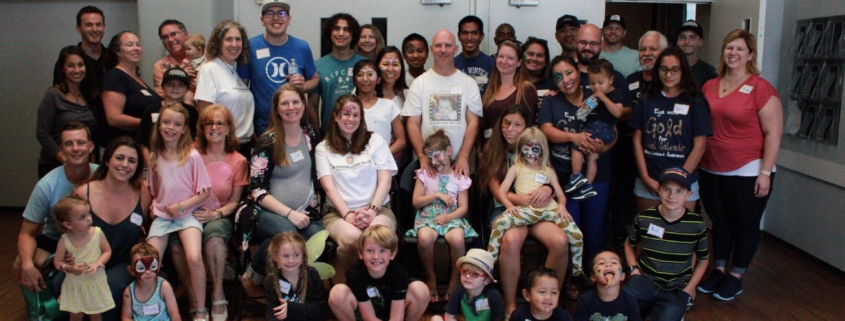International Care: Challenges and Opportunities
Families and medical professionals worldwide seek retinoblastoma care at centres offering treatments that are unavailable in their home country. Many families contact WE C Hope for assistance before, during or after such treatment. Abby White explores the challenges they experience and what can be done to help improve outcomes for their children.

